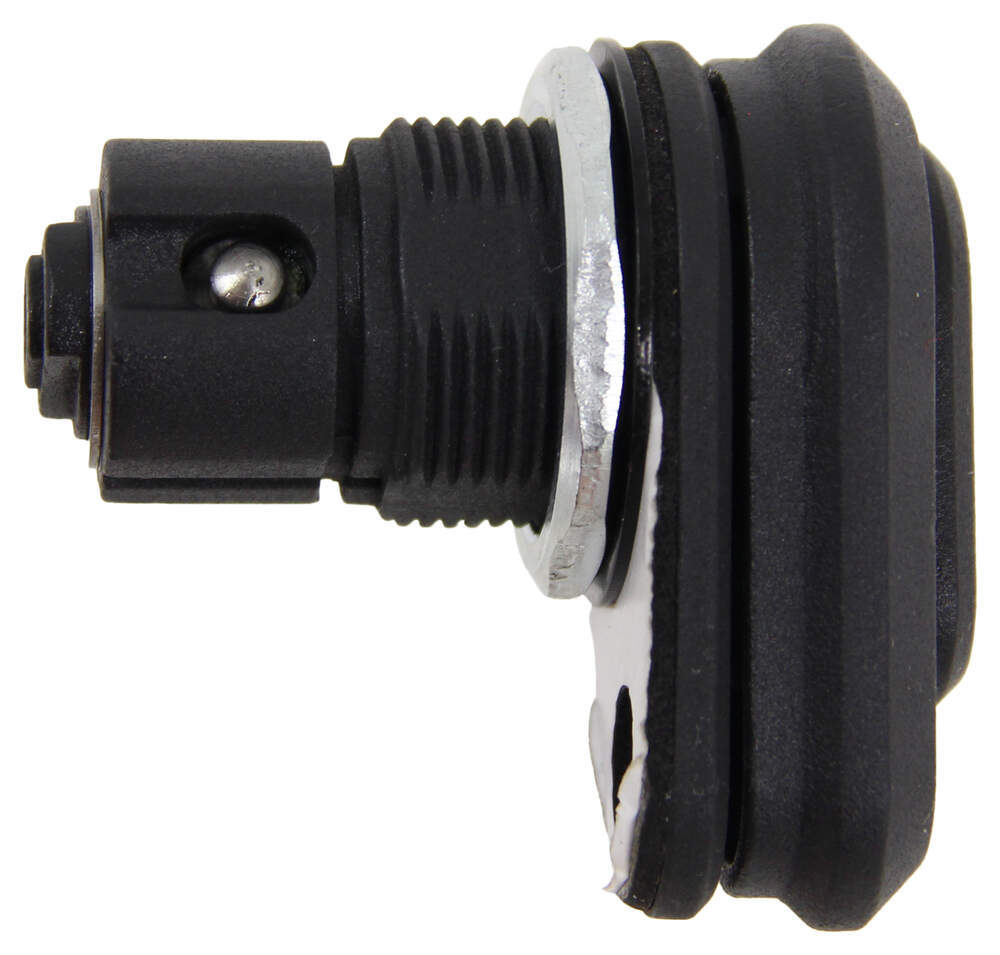
In the opinion of music historian Bill Pitzonka: "The whole thing that really makes a record bubblegum is just an inherently contrived innocence that somehow transcends that. There is debate concerning which artists fit the genre, especially for cases such as the Monkees. Bubblegum aims for any part of your body it can get, as long as you buy the damn record." Music critic Lester Bangs described the style as "the basic sound of rock 'n' roll – minus the rage, fear, violence and anomie". Comparing bubblegum to power pop, Mojo writer Dawn Eden said: "Power pop aims for your heart and your feet. The artists were typically singles acts, with songs commonly featuring sing-along choruses, seemingly childlike themes and a contrived innocence, occasionally combined with an undercurrent of sexual double entendre.

"the classic bubblegum era from 1967–1972".The 2001 book Bubblegum Music Is the Naked Truth rules out teen pop or boy bands as inherently bubblegum and defines the term as: Occasionally invoked as a pejorative, the "bubblegum" descriptor has several different applications. During the 1970s, the original bubblegum sound was a formative influence on punk rock, new wave, and melodic metal. Commentators often debate the scope of the genre and have variously argued for the exclusion or inclusion of dance-pop, disco, teen pop, boy bands, and especially the Monkees. Most bubblegum acts were one-hit wonders (notable exceptions included the Partridge Family and Tommy Roe) and the sound remained a significant commercial force until the early 1970s.

And at the time we used to be chewing bubblegum, and my partner and I used to look at it and laugh and say, 'Ah, this is like bubblegum music'." The term was then popularized by their boss, Buddah Records label executive Neil Bogart. Producers Jerry Kasenetz and Jeffry Katz claimed credit for coining "bubblegum", saying that when they discussed their target audience, they decided it was "teenagers, the young kids.
POP LOCK ROLL BUBBLEGYM SERIES
The Archies' 1969 hit " Sugar, Sugar" was a representative example that led to cartoon rock, a short-lived trend of Saturday-morning cartoon series that heavily featured pop rock songs in the bubblegum vein. The term also refers to a pop subgenre, originating in the United States in the late 1960s, that evolved from garage rock, novelty songs, and the Brill Building sound, and which was also defined by its target demographic of preteens and young teenagers.

The suggested retail price for a 10.5-inch pizza is $5.95, according to a 2012 interview with Ronald Rammers, the CEO of distributor A1 Concepts.Bubblegum (also called bubblegum pop) is a genre of rock and roll and pop music in a catchy and upbeat style that is considered disposable, contrived, or marketed for children and adolescents. Let's Pizza, which debuted in 2003, according to The New York Times, has locations in the U.K. The machine squirts tomato sauce on the pizza, tops with cheese and other toppings, and bakes it in an infrared oven for 2 minutes before popping it into a takeaway box. First, flour and water are mixed together to make the dough in a small chamber resembling a washing machine. Inventor Claudio Torghele initially set out to make a pasta machine, but switched to pizza because it’s “a more global product,” he says in a video interview on the company’s U.K. From selection to pie, the process takes less than three minutes, the machine boasts. It actually makes and kneads the dough before topping and baking customers’ pizzas to order. If the first generation of vending machines was the room-temperature peanut and cigarette dispensers of the early 1900s, and the second generation was the coffee pods and frozen-burrito reheating vending machines of the end of the century, then this, the Let's Pizza vending machine, is the third generation.


 0 kommentar(er)
0 kommentar(er)
